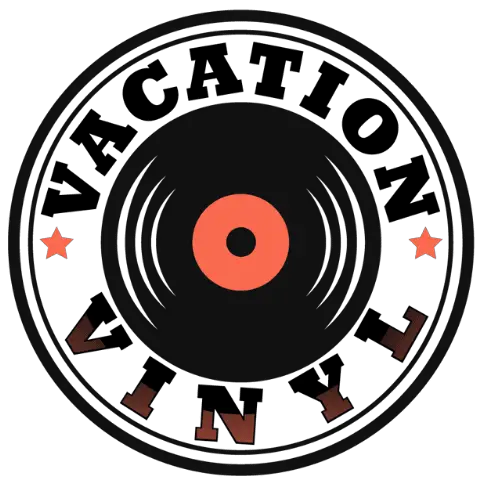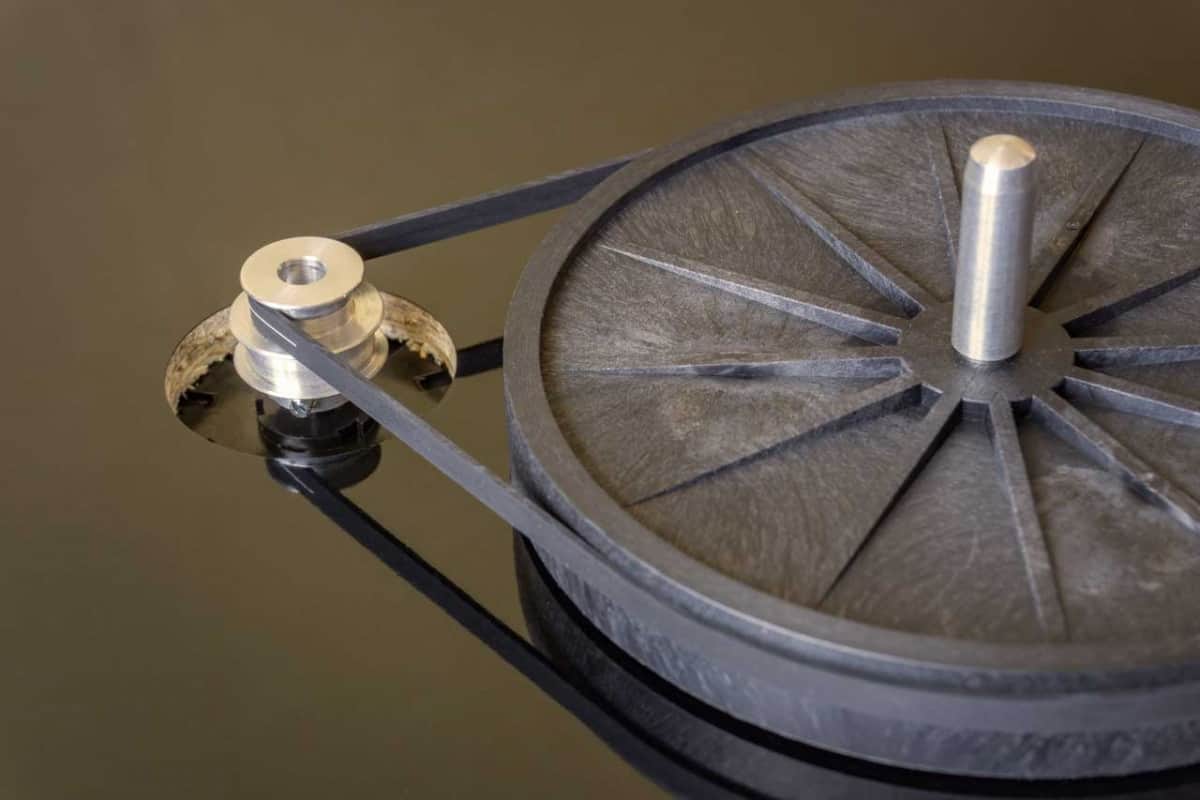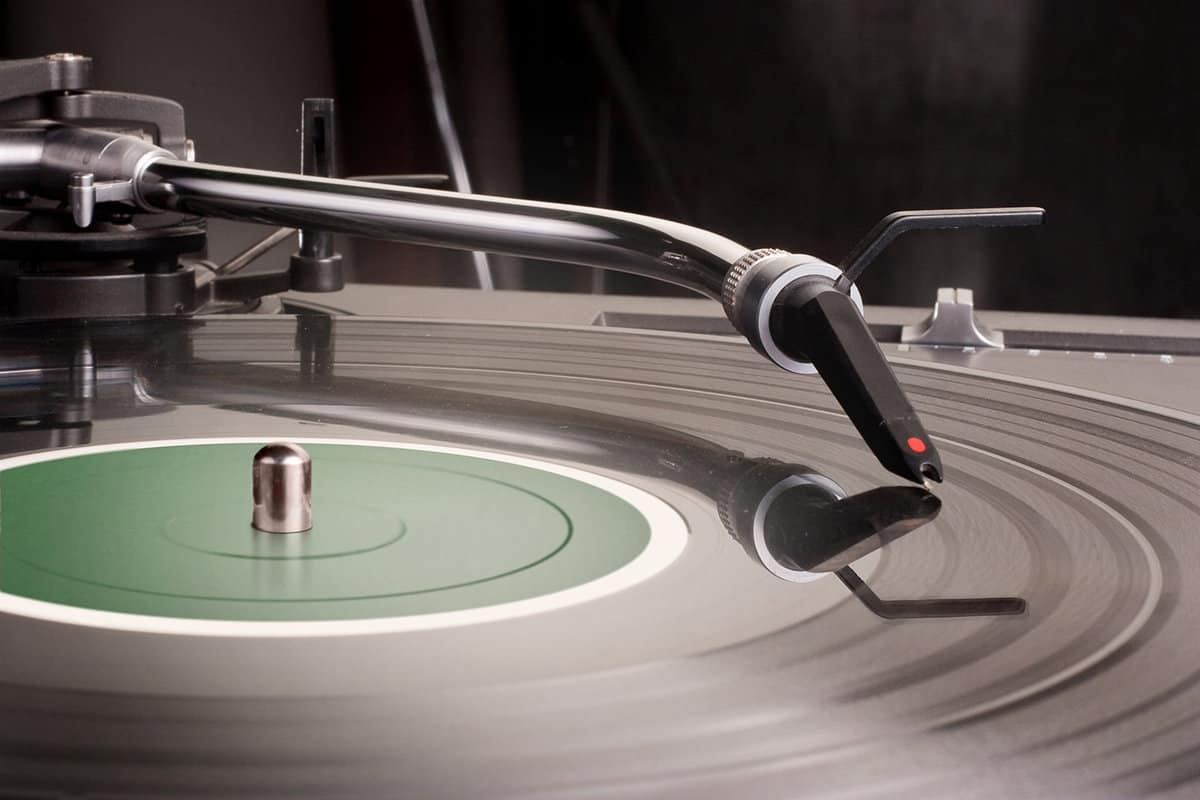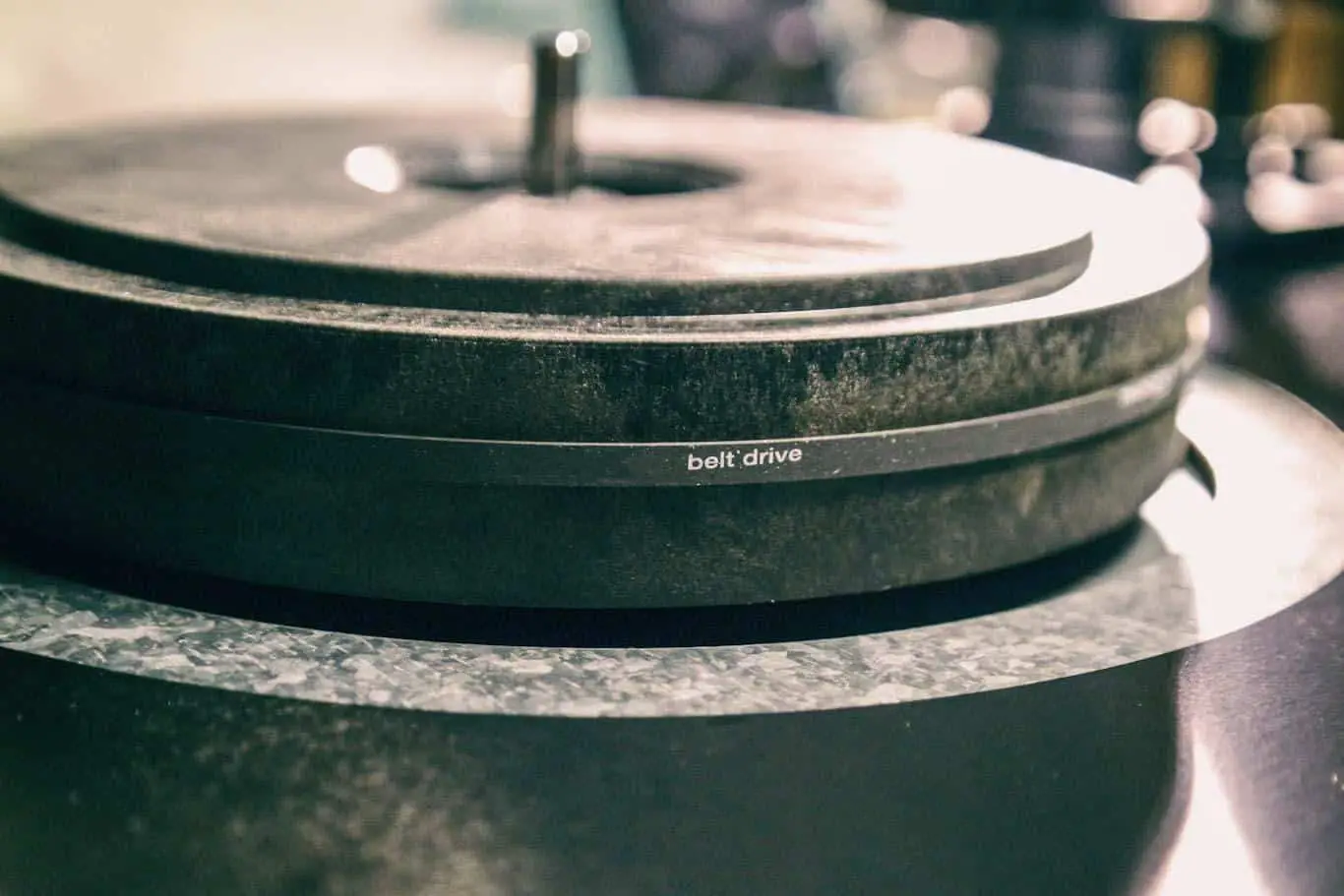This post contains affiliate links.
Turntables (or vinyl record players, depending on how you see them) are complicated machines. They aren’t as easy to use as “press play” with your iPods, iPhones, and DVD players. Because of this, we bumped on the question regarding how tight a turntable belt should be.
The key to determining a turntable belt tension is balance. The grip must not be too tight that it hampers the overall mechanism and creates too much friction, but not too loose that it won’t work at all.
In this article, let us tighten our seatbelts and know how tight a turntable belt should be and the processes to determine that.
Table of Contents
What Is a Turntable Belt in the First Place?
Before we try to answer how tight a turntable should be, we should first learn to define what a turntable belt is. So really, what is a turntable belt?
Turntable belts are essential parts of belt-driven turntables but are nonexistent on direct-drive turntables. Essentially, the difference between belt-driven turntables and direct-drive ones is that the belt-driven employs turntable belts as methods to rotate the platter. The direct-drive ones instead use a motor to drive the plater, thus eliminating the need for belts. (1)
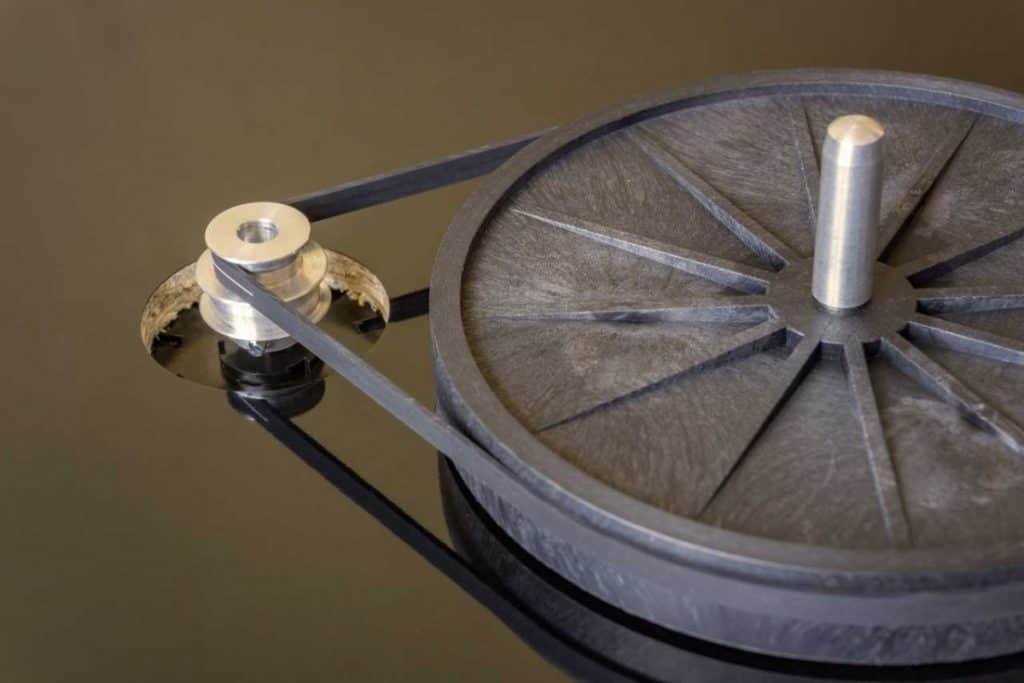
For a belt-driven turntable, the belts are required for the cartridge to navigate through the vinyl record, which ultimately helps the record player read data and express it in the form of sound. If you use a belt-driven turntable, you will know added complexities to using such technology. One of the added complexities is exemplified and amalgamated in the very question of how tight a turntable should be.
Balance is Key: How Tight a Turntable Belt Should Be
Turntable belts are essential parts of belt-driven record players, and assuring their appropriateness is critical for better sound quality and stabler feedback. Despite its essentiality, many audiophiles still find themselves lost in their turntable belt’s “appropriateness.” As such, we have tried to ask ourselves the same question as well.
In questions like these, it is pretty hard to define a quick and precise answer. However, we have specific guidelines that will help you answer how tight your turntable belt should be.
A key to understanding how the standard goes is to know that a turntable belt is off balance. Some turntable belts are thicker, while others are thinner, so knowing this “balance” is crucial to override such differing factors. As such, we have defined the general guidelines below.
Turntable belts must not be too loose that it loses its grip, as a loose turntable belt is no more valuable than a wisp of air trying to lift a log of wood. Moreover, you must also ensure that it is not too tight, as doing so imposes the risk of interfering with your turntable’s operations. To know the appropriate tightness, ensure that the turntable’s platter rotates consistently and smoothly without any hitches or signs of stress. (2)
We most often recommend having your turntable belts tighter rather than loose. However, we always remind other audiophiles that having turntable belts too tight may damage your equipment, so make sure you are going on the right track.
Speaking of damage, the stress induced by tight turntable belts will heavily impact the mechanisms, the motor used for rotating the belt, or the bearings, and more. Additionally, it can cause your turntable to result in a complete halt of operations, with repairs costing you many times the original price of the belt. (2)
Size Matters
We always remind our fellow audiophiles to have a suitable diameter of the belt for their turntables. It can prevent extra stress on the record player while still reducing the possibility of loose installations.
There are five standard belt diameters to be considered for your record players. Make sure you have the right one. The standard diameters are the following: 128 mm diameter belts, 150 mm diameter belts, 172 mm diameter belts, 206 mm diameter belts, and 300 mm diameter belts.
So the next time you view some of the available diameters for turntable belts, make sure to constantly assess it using the general guidelines, as this is how tight a turntable belt should be.
Why Do People Still Use Belt-Driven Turntables?
If you have not realized already, direct-drive turntables offer a much smoother, less clunky experience than belt-driven ones, and as such, offer a more direct and easier-to-navigate experience. With the belt-driven turntables having significantly larger moving parts compared to the minuscule motors of the direct-drive turntables, many have turned to ask why there are still belt-driven turntables in the first place.
The Price Matters
Since the direct-drive record players use a smaller approach to their technology implementation, it will also bear the cost of miniaturization. Simply put, all of that technology and all that engineering marvels required to make the package a little bit smaller and less clunky will obviously drive up the cost of the overall product. Because of this, it is most evident that the direct-drive ones are significantly more expensive than the belt-driven record players.
Other reasons aside from the engineering driving up the cost are also the inherent cost of the belts compared to motors. Unlike the less complex belt, motors are intricate and complex mechanical components used in many machines today.
As It Is With Most Audiophiles: It Sounds Better
Of course, the main reason why many opt to buy belt-driven turntables is the sound. For most audiophiles, one of the most quintessential qualities or variables of audio equipment should be sound quality. In the case of belt-driven and direct-drive record players, simply put, audiophiles prefer the sound produced by the belt-driven record players. (3)
So why exactly do belt-driven record players sound better than direct-drive record players? The true answer: engineering. Inherently, motors are said to be much noisier than belts, and for a piece of audio equipment, any unnecessary noise is a huge variable that can affect sound quality significantly. Unlike the motors, belts run smoother, thus eliminating or at least mitigating any excessive noise.
Although the belt-driven turntables do sound better, they still have a sense of clunkiness, as explained by the constant queries “How tight a turntable should be, and more.” Speaking of clunkiness, this leads us directly to our next segment.
Where the Direct-Drive Record Players Win
As stated earlier, direct-drive record players and turntables are often much less clunky than their belt-driven counterparts. However, these are not the only variables and features that direct-drive record players have significantly improved upon from their belt-driven predecessors.
Most DJs use direct-drive record players simply because it allows them to change where the record players turn. It will enable them to achieve the signature DJ “scratching” sound. (3)
Moreover, the smaller moving parts incorporated in these players also last longer than the belt of the belt-driven turntables. Unlike the more stable motors, belts have greater chances of failing and will need more frequent maintenance at the same time.
Turntable Belt Frequently Asked Questions
How Do I Preserve The Integrity Of My Belt-driven Turntable Belts?
To preserve the integrity of your turntable belts, make sure to always check them once in a while, and make sure you are using the appropriate diameter and the appropriate thickness. Moreover, we recommend everyone not wait until the turntable belt is completely unusable before replacing the belt.
How Do I Replace My Turntable’s Belt?
Replacing a turntable belt is no mentally intensive exercise, nor is it physically exhausting. We recommend you remove the rubber mat first as this exposes the belt. After that, lift the platter.
The belt will then be exposed fully, and we will need to replace it. Grab your new turntable belt and put it on the bottom of the platter, aligning it to the inner circle. Slowly slide the platter upside down and put it back to the turntable, returning all the removed parts.
How Often Should I Replace My Belts?
We recommend replacing them every three to five years, depending on the mileage.
Sources
- https://en.wikipedia.org/wiki/Direct-drive_turntable
- https://allforturntables.com/2021/07/09/how-tight-should-turntable-belt-be/
- https://www.wise-geek.com/what-are-turntable-belts.htm
VacationVinyl.com is a participant in the Amazon Services LLC Associates Program, an affiliate advertising program designed to provide a means for sites to earn advertising fees by advertising and linking to Amazon.com. We also participate in other affiliate programs which compensate us for referring traffic.
